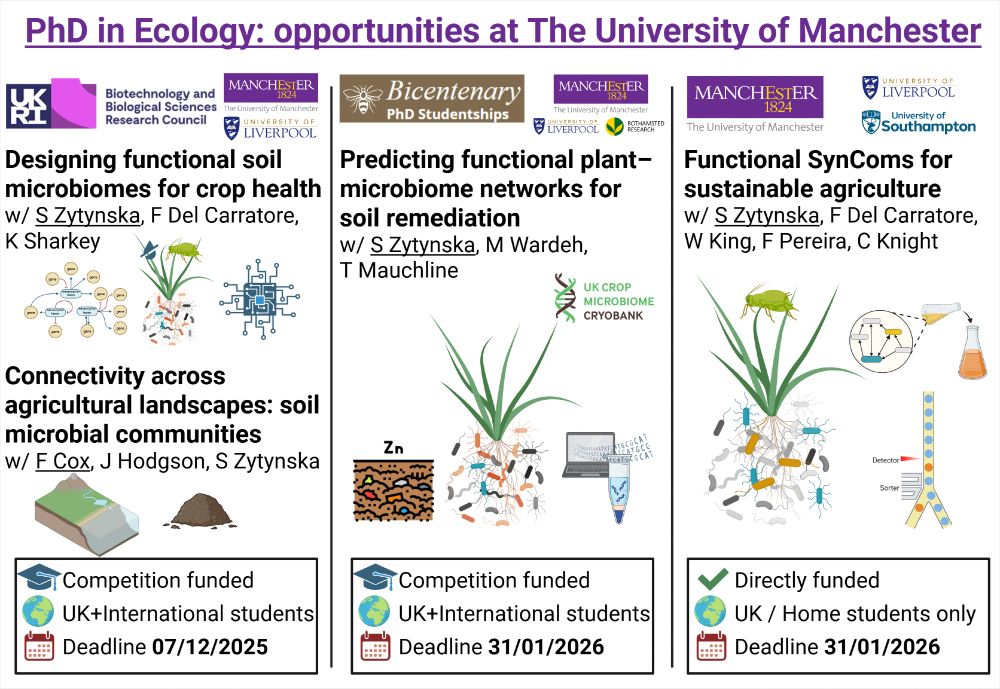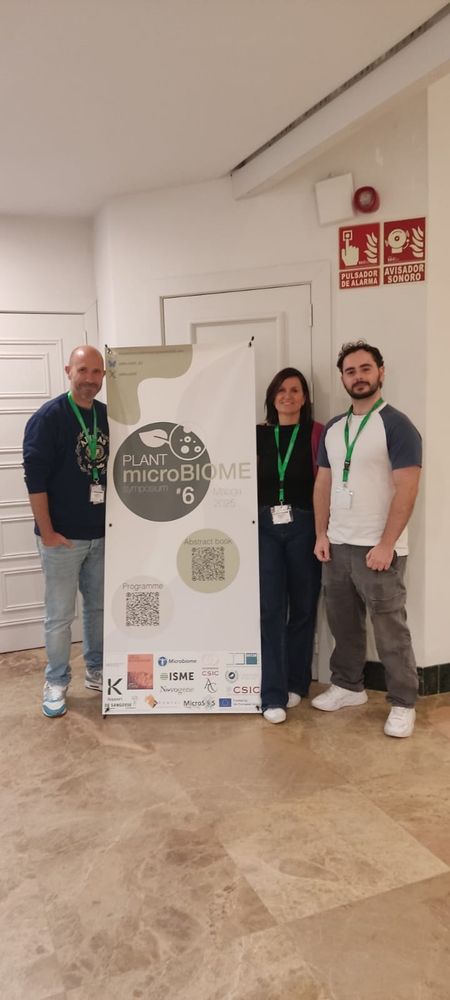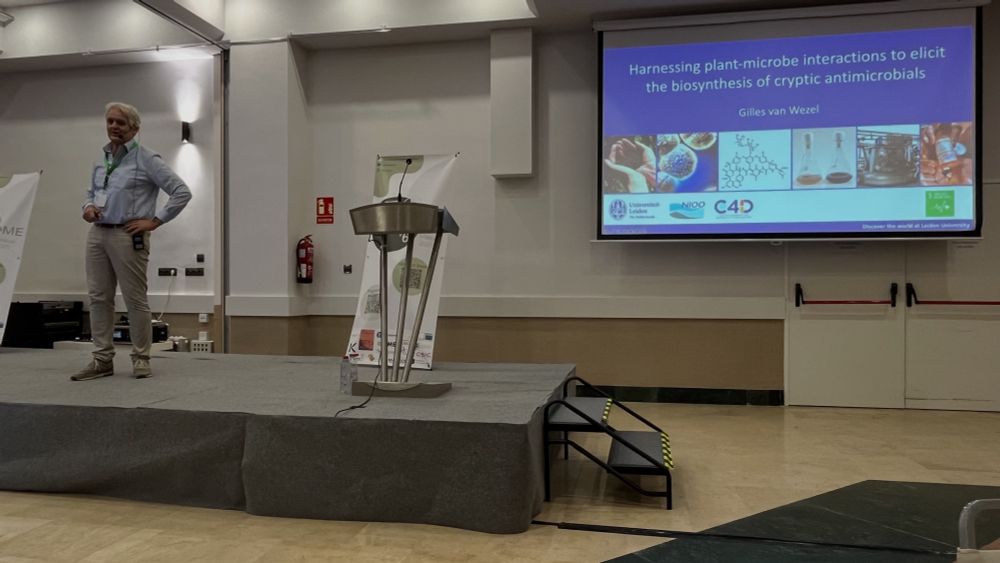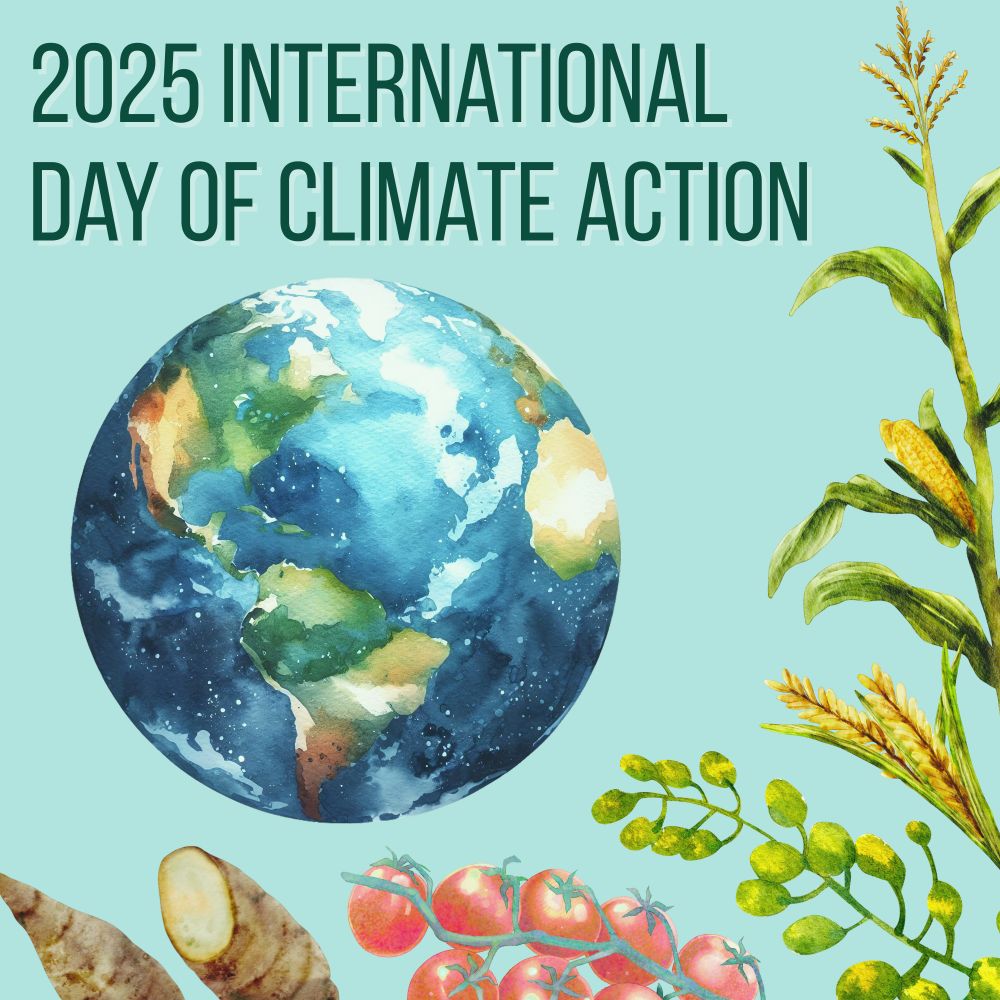
I'm advertising several PhD projects on plant–microbe interactions 🌱🦠🪲
🧪🖥️ Projects span experimental to computational. Diverse supervisory teams, collaborating across the UK Plant Microbiome community.
Details: www.findaphd.com/phds/?Keywor...

I'm advertising several PhD projects on plant–microbe interactions 🌱🦠🪲
🧪🖥️ Projects span experimental to computational. Diverse supervisory teams, collaborating across the UK Plant Microbiome community.
Details: www.findaphd.com/phds/?Keywor...




2. Postdoc in molecular plant-microbe interactions: jobsite.sheffield.ac.uk/job/Research...
3. Research technician: jobsite.sheffield.ac.uk/job/Technici...
(Pls share!)
2. Postdoc in molecular plant-microbe interactions: jobsite.sheffield.ac.uk/job/Research...
3. Research technician: jobsite.sheffield.ac.uk/job/Technici...
(Pls share!)
Date: 25 November 2025
Awardee: Prof. Simona Radutoiu
Link: www.eventbrite.co.uk/e/dundee-roo...
Date: 25 November 2025
Awardee: Prof. Simona Radutoiu
Link: www.eventbrite.co.uk/e/dundee-roo...
Dr @charpentiermyriam.bsky.social has received a prestigious international award from the Academia Europaea for her groundbreaking research into plant-microbe interactions.
www.jic.ac.uk/news/dr-myri...

Dr @charpentiermyriam.bsky.social has received a prestigious international award from the Academia Europaea for her groundbreaking research into plant-microbe interactions.
www.jic.ac.uk/news/dr-myri...
#PMS2025

#PMS2025




#PMS2025

#PMS2025
See their @cp-trendsplantsci.bsky.social Forum paper:
www.cell.com/trends/plant...
#PMS2025

See their @cp-trendsplantsci.bsky.social Forum paper:
www.cell.com/trends/plant...
#PMS2025




dx.plos.org/10.1371/jour...

dx.plos.org/10.1371/jour...
The prettiest field season I’ve ever had!
Now time for some chemical analyses of apple phytochemicals 🧪🍎




The prettiest field season I’ve ever had!
Now time for some chemical analyses of apple phytochemicals 🧪🍎
The Dept. of Microbiology 🧫🦠 at the University of Tennessee is hiring 2 Assistant Professors (tenure track, 9-month appt.).
Microbial Drivers of Chronic Disease: apply.interfolio.com/173153Quantitative Microbe-Plant-Environment Interactions: apply.interfolio.com/173345


The Dept. of Microbiology 🧫🦠 at the University of Tennessee is hiring 2 Assistant Professors (tenure track, 9-month appt.).
Microbial Drivers of Chronic Disease: apply.interfolio.com/173153Quantitative Microbe-Plant-Environment Interactions: apply.interfolio.com/173345
This day brings people together to raise awareness & take meaningful steps to confront climate change.
C-SPIRIT connects plant and microbe science to sustainable, climate-ready farming.
💡 Learn more: c-spirit.org/research
#plantscience

This day brings people together to raise awareness & take meaningful steps to confront climate change.
C-SPIRIT connects plant and microbe science to sustainable, climate-ready farming.
💡 Learn more: c-spirit.org/research
#plantscience
- there is specific coevolution of any pathogen/microbe such that it was at least partly adapted to the host isolated.
-the host of isolation may have not effected the pathogen in the slightest.
- there is specific coevolution of any pathogen/microbe such that it was at least partly adapted to the host isolated.
-the host of isolation may have not effected the pathogen in the slightest.
Eliza brings the combination of her enthusiasm for plant-microbe interactions with a strong interdisciplinary skill set of bioinformatics, genetics, and plant physiology to the project.

Eliza brings the combination of her enthusiasm for plant-microbe interactions with a strong interdisciplinary skill set of bioinformatics, genetics, and plant physiology to the project.

#PlantScience #ClimateChange #HarnessingPlants

#PlantScience #ClimateChange #HarnessingPlants
Yesterday, I successfully defended my dissertation "Dissecting Plant-Microbe Interactions: PAMP Recognition and Immune Evasion in Solanaceous Hosts"
Special thanks to my advisor Dr. Anjali Iyer-Pascuzzi, my committee, mentors/mentees, friends, & family who were there.


Yesterday, I successfully defended my dissertation "Dissecting Plant-Microbe Interactions: PAMP Recognition and Immune Evasion in Solanaceous Hosts"
Special thanks to my advisor Dr. Anjali Iyer-Pascuzzi, my committee, mentors/mentees, friends, & family who were there.


